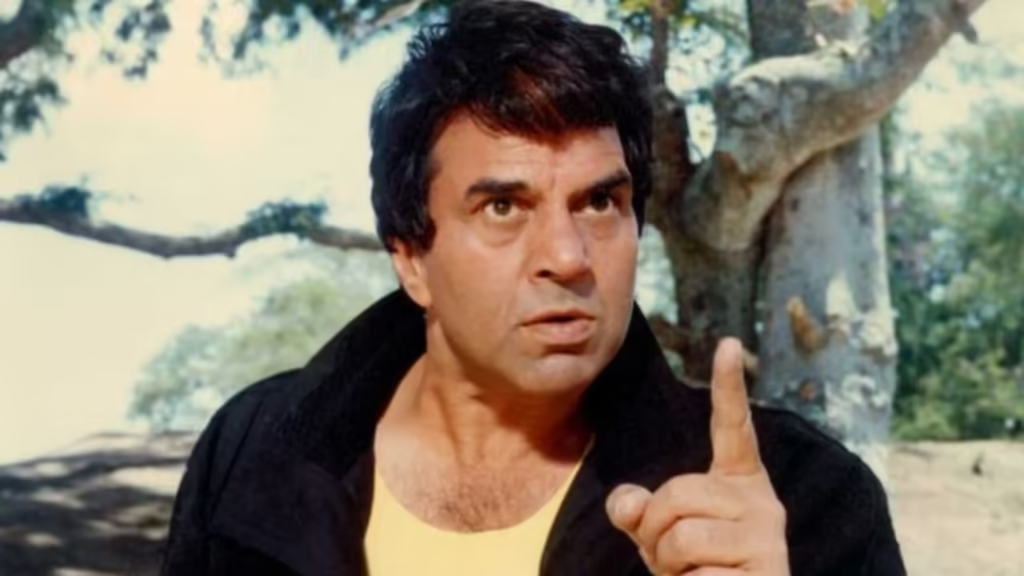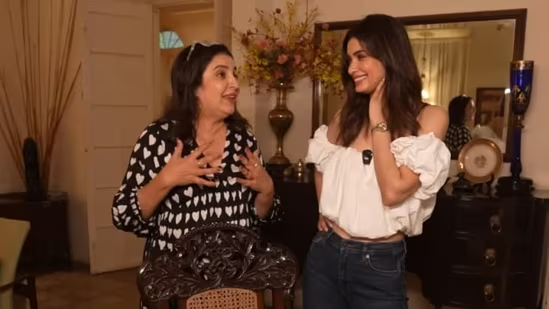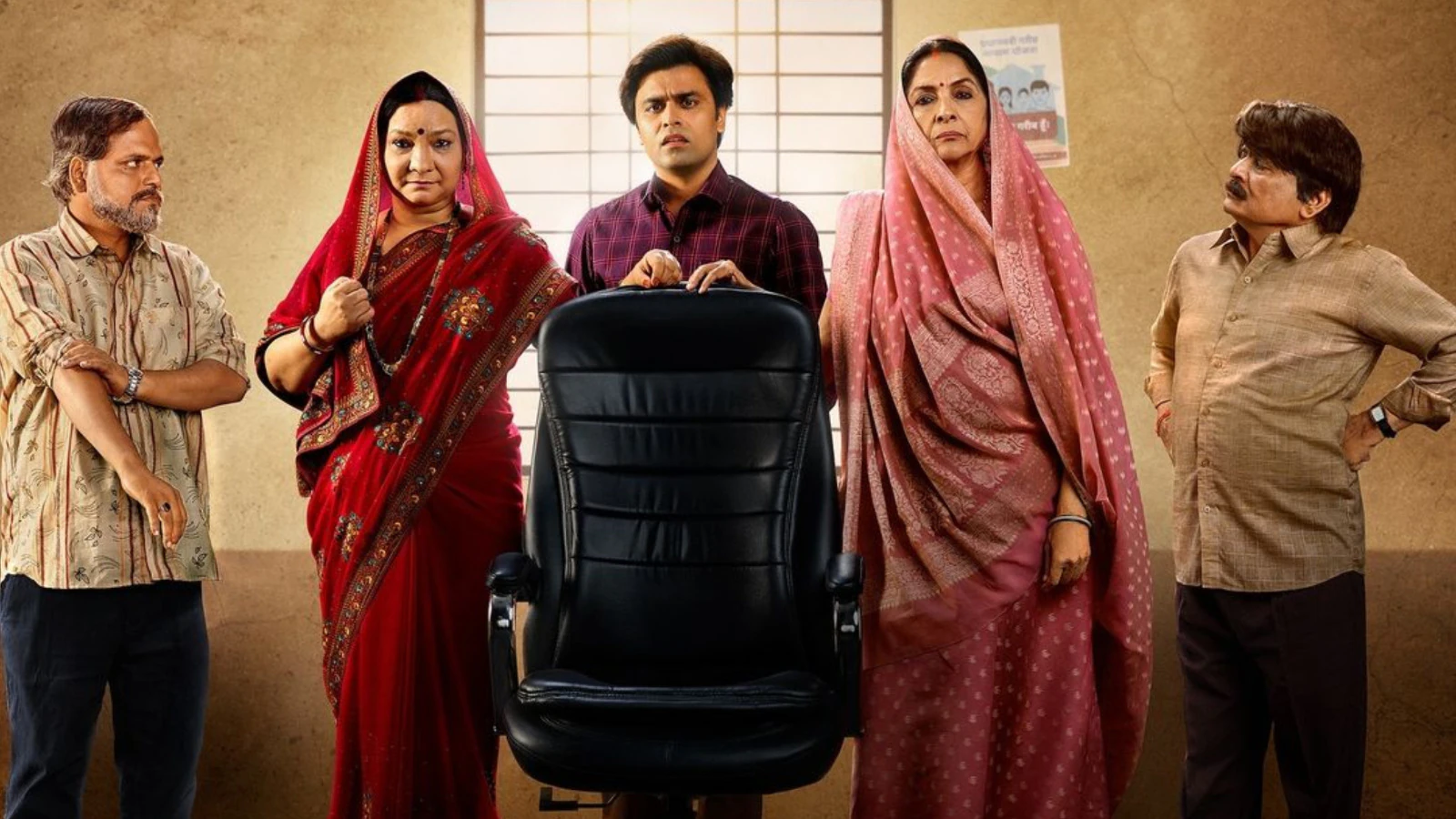Now Reading: Indian Idol Returns with Regional Flavour: How Tier-2 Talent Is Shaping National Entertainment
-
01
Indian Idol Returns with Regional Flavour: How Tier-2 Talent Is Shaping National Entertainment
Indian Idol Returns with Regional Flavour: How Tier-2 Talent Is Shaping National Entertainment

The latest season of Indian Idol has struck a fresh note, bringing a distinctly regional flavour to the national stage. With more contestants hailing from Tier-2 and Tier-3 cities, the show is evolving into a true reflection of India’s diverse talent pool. From local dialects to folk influences, small-town voices are not only being heard—they are defining the sound of modern Indian entertainment.
Rising Stars from Smaller Cities
This season, Indian Idol has witnessed an uptick in participation from cities like Bhopal, Ranchi, Surat, Nagpur, and Guwahati. These contestants bring with them a unique blend of raw talent, local musical traditions, and stories of grit.
Many of them have trained without formal institutions, learning from local gurus or self-practicing using online videos. Their rise to a national platform showcases the changing landscape of Indian talent discovery, powered by grassroots passion.
Blending Tradition with Popular Appeal
One of the defining trends this season is the infusion of folk and regional music into mainstream performances. Whether it’s a Rajasthani folk rendition or a Marathi abhang mixed with contemporary beats, the diversity is refreshing—and audiences are responding positively.
Judges and mentors have also begun to encourage this regional authenticity, urging contestants to retain their unique flavour rather than conform to commercial norms.
Influence of Digital Access and Social Media
The reach of the internet in Tier-2 towns has allowed young singers to record, upload, and share their talent widely. Platforms like YouTube and Instagram have acted as launchpads for many contestants, some of whom went viral even before stepping on the Indian Idol stage.
Social media buzz around small-town contestants often creates local pride and collective rooting from home audiences. This online momentum is translating into national votes and viewership.
Changing Audience Preferences
Urban audiences are showing growing appreciation for regional voices and stories. Shows like Indian Idol are no longer just about vocal range—they are about authenticity, relatability, and emotional connect. This shift in viewer mindset is creating space for singers who might not have fit into earlier, metro-centric molds.
The format now feels more inclusive, giving young artists from smaller cities the confidence that talent—not location—will shape their future.
The Bigger Picture: Democratizing Indian Entertainment
The current season of Indian Idol exemplifies a broader shift across the entertainment industry—towards decentralization of opportunity. As OTT platforms, reality shows, and digital media open up new pathways, talent from outside metros is no longer an exception, but a growing norm.
What we are witnessing is the mainstreaming of India’s “Bharat”—where rural and semi-urban voices are finally finding their rightful place in popular culture.
Conclusion: More Than Just a Singing Contest
Indian Idol is evolving into more than a talent show—it’s becoming a stage where India’s true musical diversity gets a voice. The strong presence of Tier-2 talent is not just changing how the show sounds, but also how it feels—more grounded, more connected, and more representative of the country.
As the season progresses, one thing is clear: India’s entertainment future is being sung not just from the metros, but from every corner of the map.

























